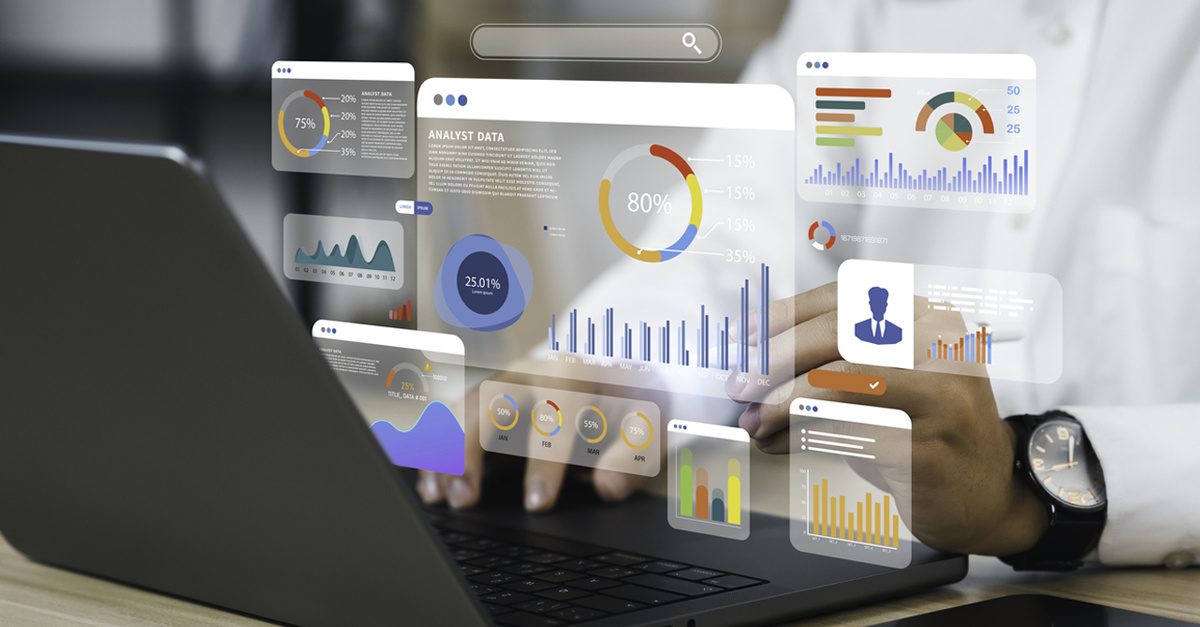Digital Literacy for Non-Tech Staff

About Course
In today’s fast-paced digital world, feeling comfortable and confident with technology is no longer just for IT experts – it’s an essential skill for everyone. Whether you’re navigating daily work tasks, collaborating with colleagues, or simply aiming to be more efficient, a solid understanding of digital tools and practices is key to your success.
The “Digital Literacy for Non-Tech Staff” course is designed specifically for individuals who want to build a strong foundation in essential digital skills, without overwhelming technical jargon. We start from the very beginning, ensuring you grasp the core concepts needed to thrive in a modern, technology-driven environment.
What You Will Learn:
This comprehensive course will guide you through the fundamentals, empowering you to:
-
Understand Your Tools: Demystify computers, laptops, smartphones, and other common devices. Learn about their basic parts and how they work.
-
Navigate the Digital World Safely: Master the essentials of internet and email security. Learn to spot online scams, protect your information, and browse the web with confidence.
-
Harness the Power of the Cloud: Discover how cloud tools like Google Drive and Microsoft OneDrive can help you store, share, and collaborate on files from anywhere, making teamwork seamless.
-
Boost Your Productivity with Office Suites: Get a practical introduction to Microsoft Office essentials (Word, Excel, PowerPoint) or similar productivity suites, learning to create professional documents, manage basic data, and craft engaging presentations.
-
Communicate Effectively and Responsibly Online: Understand the basics of digital etiquette (“netiquette”) for professional emails, chats, and virtual meetings. Learn how to manage your online reputation and protect your digital privacy.
-
(Potentially, depending on further modules): Explore topics like basic troubleshooting, understanding software and apps, data management fundamentals, and emerging digital trends relevant to the workplace.
Who Is This Course For?
This course is perfect for:
-
Administrative staff, support personnel, and team members in any department who want to improve their core digital skills.
-
Anyone who feels a bit “behind” with technology and wants a clear, patient introduction to essential concepts.
-
Individuals re-entering the workforce or transitioning to roles that require more digital interaction.
-
Anyone looking to increase their confidence, efficiency, and effectiveness in using everyday digital tools.
-
No prior technical expertise is required! We make learning easy and accessible.
Why Take This Course?
By the end of this course, you will:
-
Feel more confident and less intimidated by technology.
-
Be able to work more efficiently and productively.
-
Communicate and collaborate more effectively using digital tools.
-
Understand how to protect yourself and your organization’s information online.
-
Possess a foundational digital skillset that is highly valued in today’s job market.
-
Receive a Certificate of Completion to showcase your new skills.
Join us on this journey to unlock your digital potential! Enroll in “Digital Literacy for Non-Tech Staff” today and take the first step towards mastering the digital essentials for success.
Course Content
Introduction to Computers and Devices
-
Lesson 1.1: What is a Computer, Really?
-
Lesson 1.2: Meet the Digital Family – Common Types of Computers and Devices
-
Lesson 1.3: What’s Inside? Basic Hardware Components
-
Lesson 1.4: Hardware vs. Software – The Body and the Mind
-
Lesson 1.5: Basic Operations and Connections
-
Key Takeaways/Summary:
Using Internet and Email Safely
Cloud Tools (Google Drive, OneDrive)
Introduction to Microsoft Office Suite
Basic Digital Etiquette and Privacy
Final Exam
Certification: Digital Literacy Certificate
Student Ratings & Reviews
